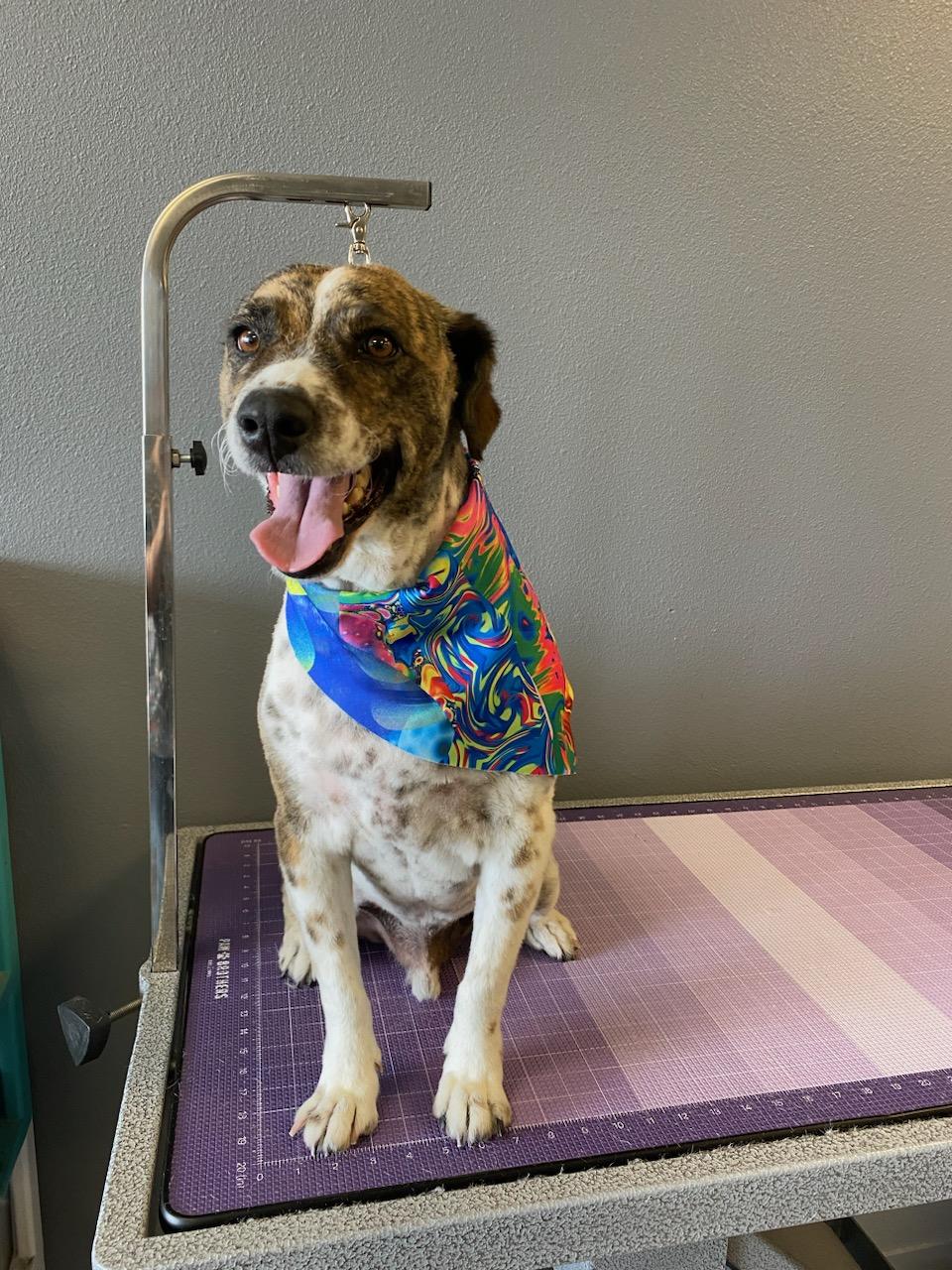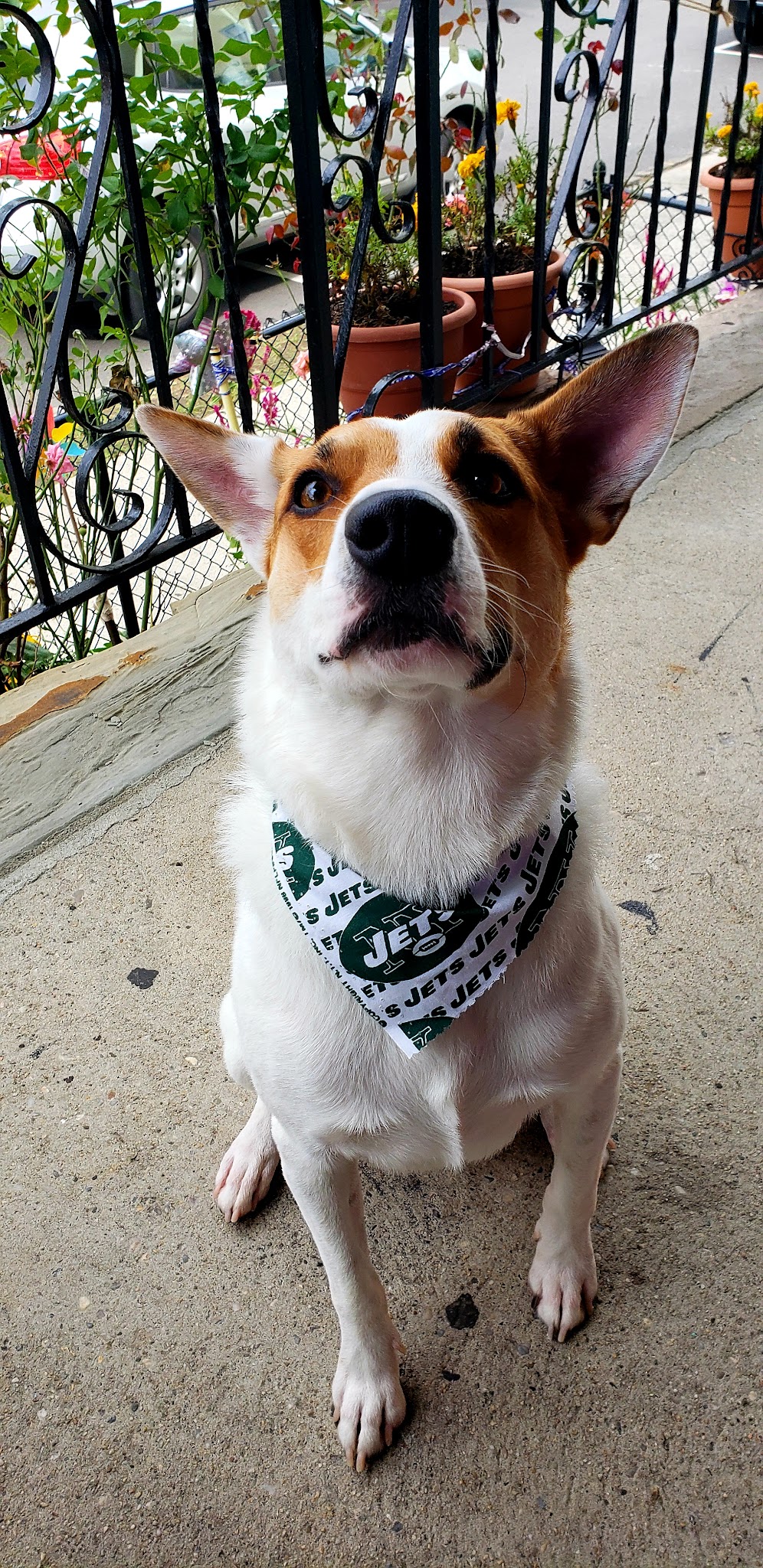Bringing a new pet into your home can be an exciting time, but it can also be a source of stress for both you and your existing pets. Properly introducing a new pet to your household is crucial for fostering a harmonious environment. This guide will provide you with step-by-step strategies to ensure a smooth transition for all your pets, minimizing stress and maximizing the chances of a happy family.
Understanding the Importance of Proper Introductions

The way you introduce a new pet to your existing pets can significantly affect their future relationship. A negative introduction can lead to anxiety, territorial behavior, and even aggression. On the other hand, a positive introduction can create a harmonious atmosphere where all pets feel safe and comfortable.
Key Considerations
- Temperament of Existing Pets: Each pet has a unique personality. Understanding their temperament will help tailor the introduction process.
- Age and Breed: Different breeds and ages may have varying levels of adaptability and energy, influencing how they react to a new pet.
- Existing Pet Dynamics: The current hierarchy among your pets can affect how they respond to a newcomer.
Preparing for the Introduction

Before bringing a new pet home, there are several steps you can take to prepare your existing pets:
1. Research the New Pet
Understand the needs and behaviors of the new pet. Whether it’s a dog, cat, or other animal, knowing their personality traits can help in planning the introduction.
2. Create a Safe Space
Designate a separate area for the new pet where they can feel secure. This space should contain:
- Food and Water Bowls: Ensure they have access to fresh food and water.
- Comfort Items: Provide a bed or blanket, toys, and other familiar items.
- Litter Box (for cats): If you’re introducing a cat, ensure a litter box is available.
3. Prepare Your Existing Pets
Before the new pet arrives, help your existing pets adjust:
- Routine Changes: If possible, start altering your existing pets’ routines a few days before the new pet arrives. This helps them adapt to the upcoming changes.
- Scent Familiarization: Allow your existing pets to become familiar with the new pet’s scent by rubbing a cloth on the new pet and letting your existing pets sniff it.
The Introduction Process

1. Initial Meeting
When you bring your new pet home, it’s essential to keep the introduction controlled and gradual.
For Dogs:
- Controlled Introduction: Keep the new dog on a leash during the initial introduction. Allow the existing dog to approach at their own pace.
- Short Meetings: Keep the first interaction brief and positive. Gradually increase the time they spend together as they grow more comfortable.
For Cats:
- Separate Rooms: Keep the new cat in a separate room for the first few days. This allows them to acclimate to their new environment without overwhelming your existing cat.
- Gradual Visual Introduction: After a few days, allow the cats to see each other through a cracked door or a baby gate. Observe their reactions and be ready to separate them if necessary.
2. Supervised Interactions
Once your pets seem comfortable with each other’s presence, begin supervised interactions:
- Positive Reinforcement: Use treats and praise to reward both the new pet and your existing pets for calm behavior during interactions.
- Observe Body Language: Pay attention to their body language. Signs of stress or aggression, such as growling, hissing, or raised fur, indicate a need to separate them and try again later.
3. Gradual Integration
As your pets become more comfortable with one another, gradually integrate them into the same space:
- Short Sessions: Initially, keep interactions short and supervised. Gradually increase the duration as they become more accustomed to each other.
- Safe Retreats: Ensure that each pet has a safe space to retreat to if they feel overwhelmed. This will help reduce stress and allow them to feel secure.
Addressing Challenges

1. Aggression or Fear
If you notice aggressive or fearful behavior, it’s important to intervene:
- Separate Them: If aggression occurs, separate the pets immediately and try again later when they are calmer.
- Behavioral Training: Consider consulting a professional trainer or behaviorist if issues persist.
2. Territory Issues
Territorial behavior is common among pets, especially cats:
- Scent Marking: Provide ample scratching posts and toys to help your existing pets mark their territory positively.
- Neutral Territory: Introduce them in a neutral area rather than one that belongs to either pet, reducing territorial disputes.
3. Patience is Key
Remember that patience is crucial. Some pets may take longer to adjust than others. Be prepared for setbacks and give your pets plenty of time to acclimate to one another.
Finalizing the Integration

1. Monitor Interactions
Once your pets seem to be getting along, continue to supervise interactions, especially during feeding time and playtime.
2. Maintain Routines
Keep your existing pets’ routines as normal as possible to help them feel secure. This includes feeding, walks, playtime, and other activities.
3. Provide Equal Attention
To prevent jealousy, ensure that you give equal attention to all your pets. Engage in playtime, grooming, and cuddles with each pet regularly.
Conclusion
Introducing a new pet to your existing pets can be a rewarding experience with the right approach. By preparing adequately, conducting gradual introductions, and being patient, you can foster a harmonious environment for all your pets. Remember, every pet is unique, and the key to a successful introduction lies in observing their behavior and adjusting your approach as necessary. With love, patience, and a little effort, your home can be a happy sanctuary for all your furry friends.




